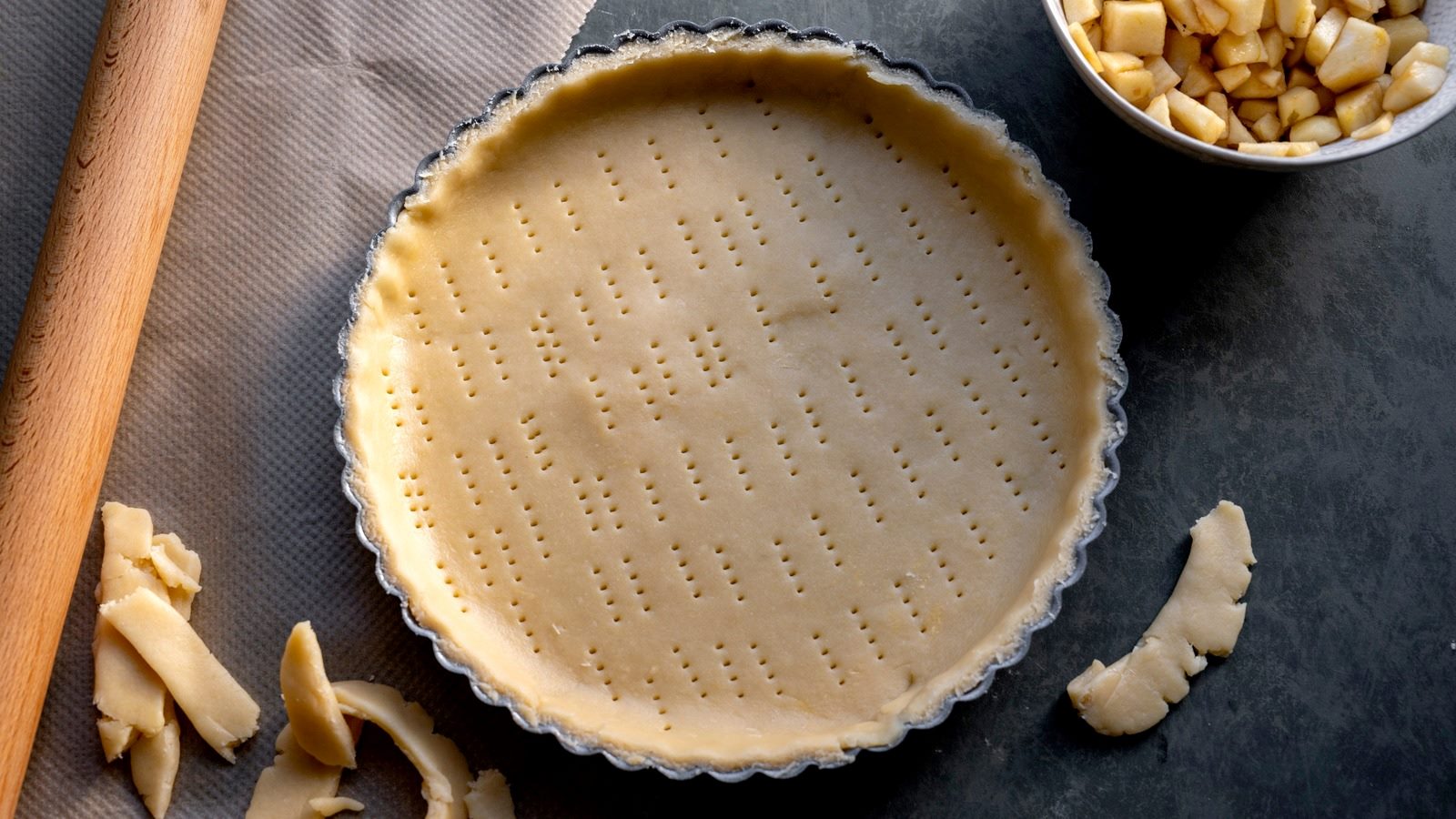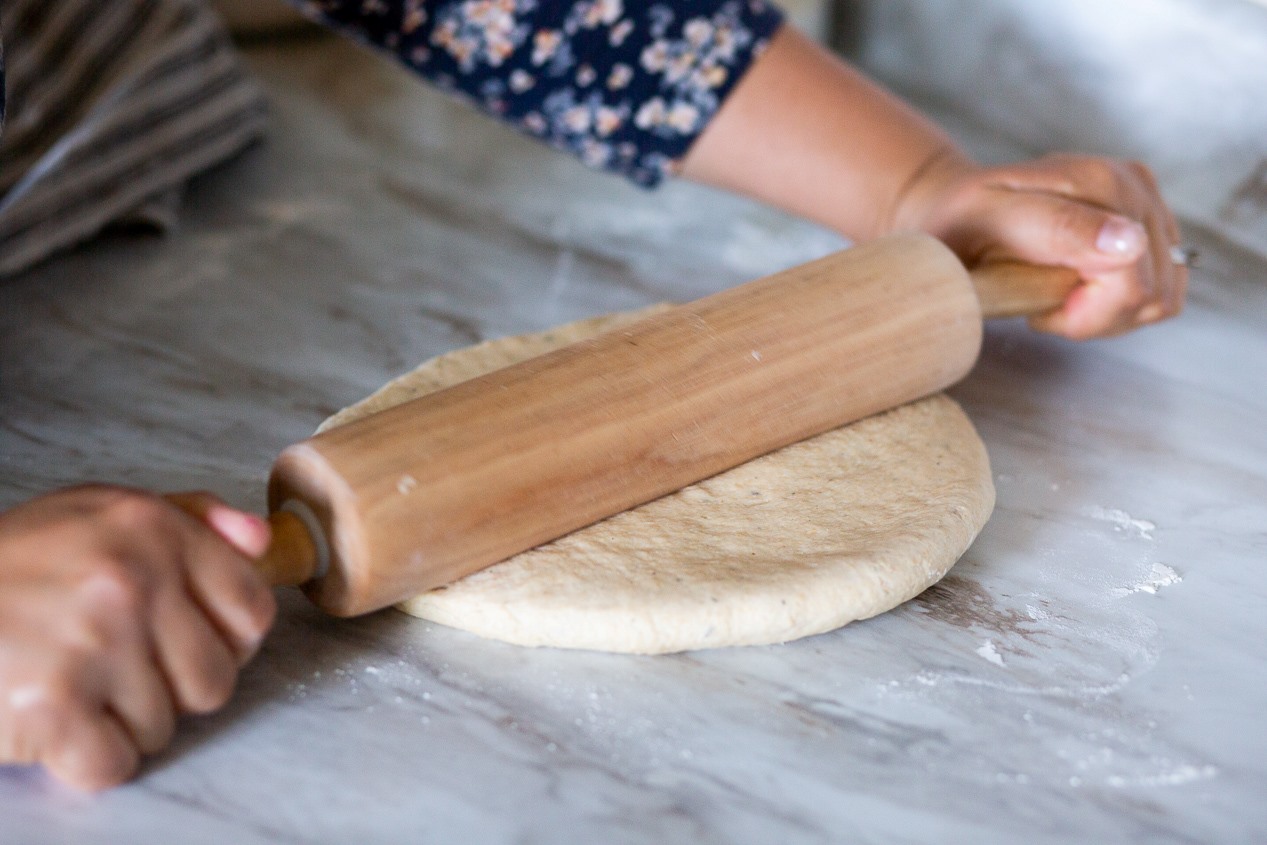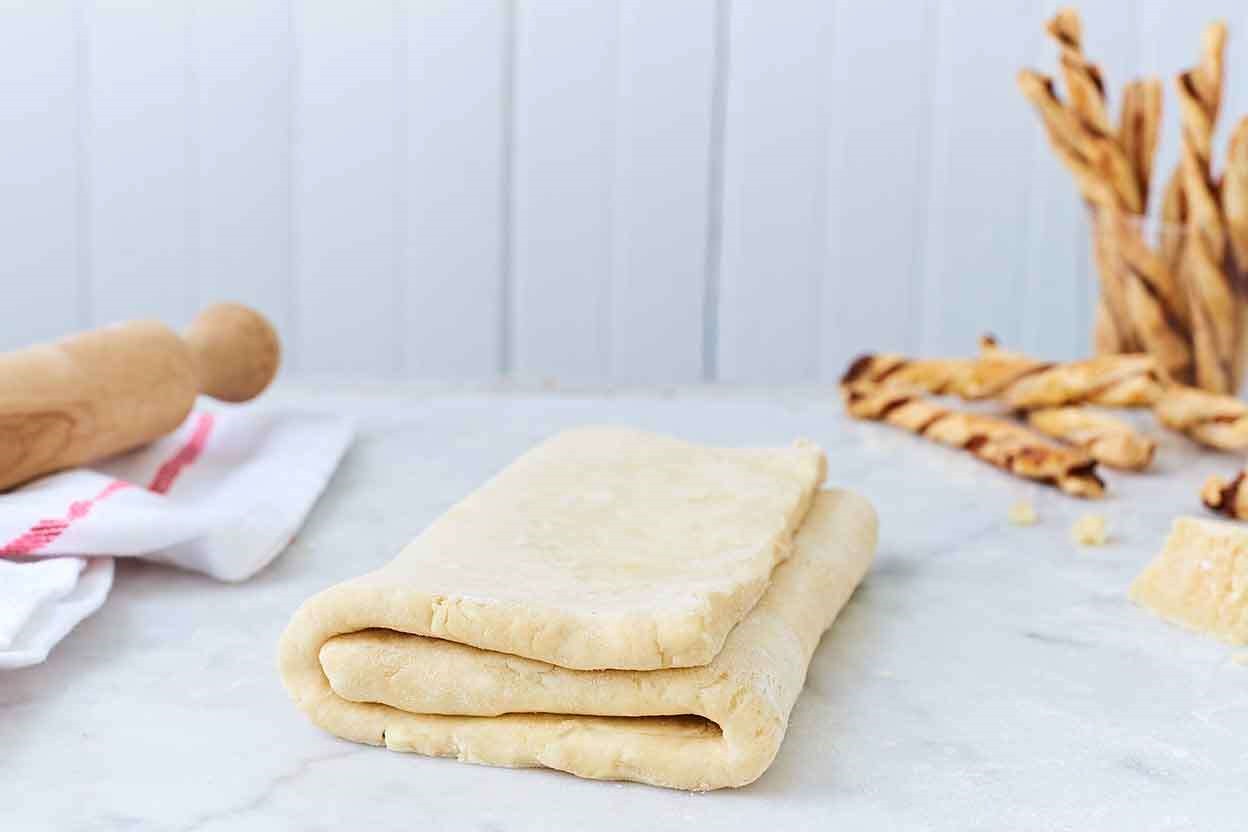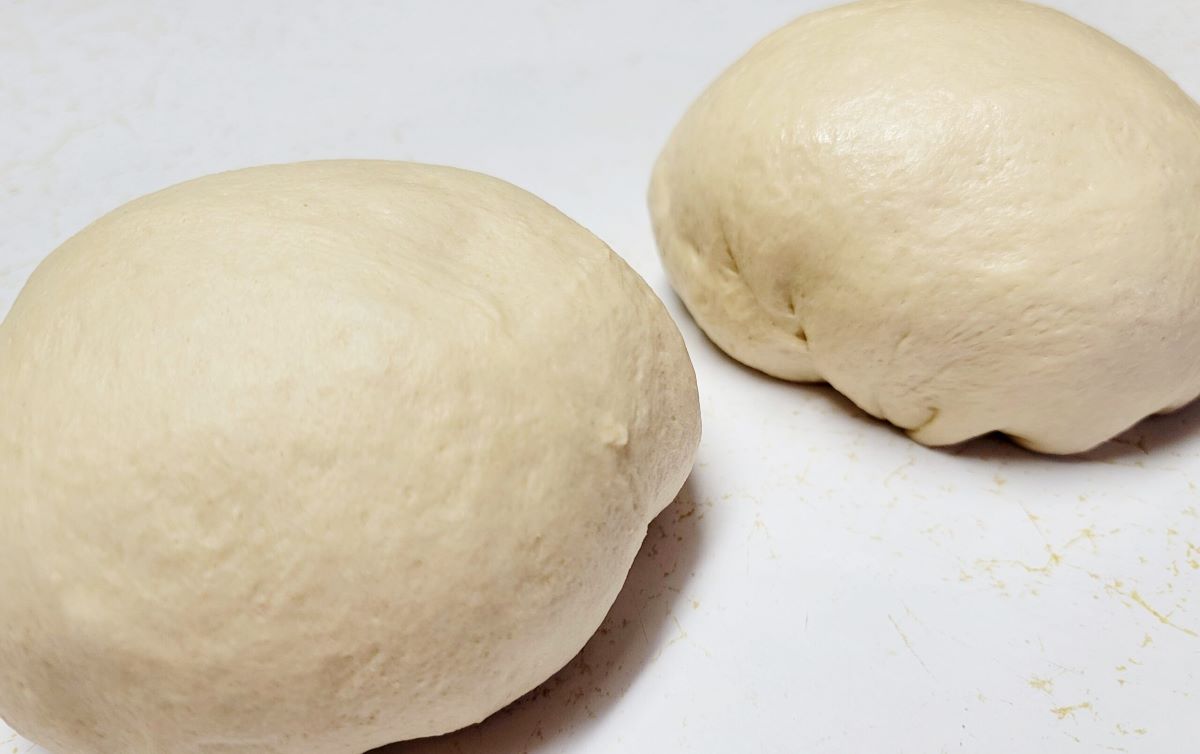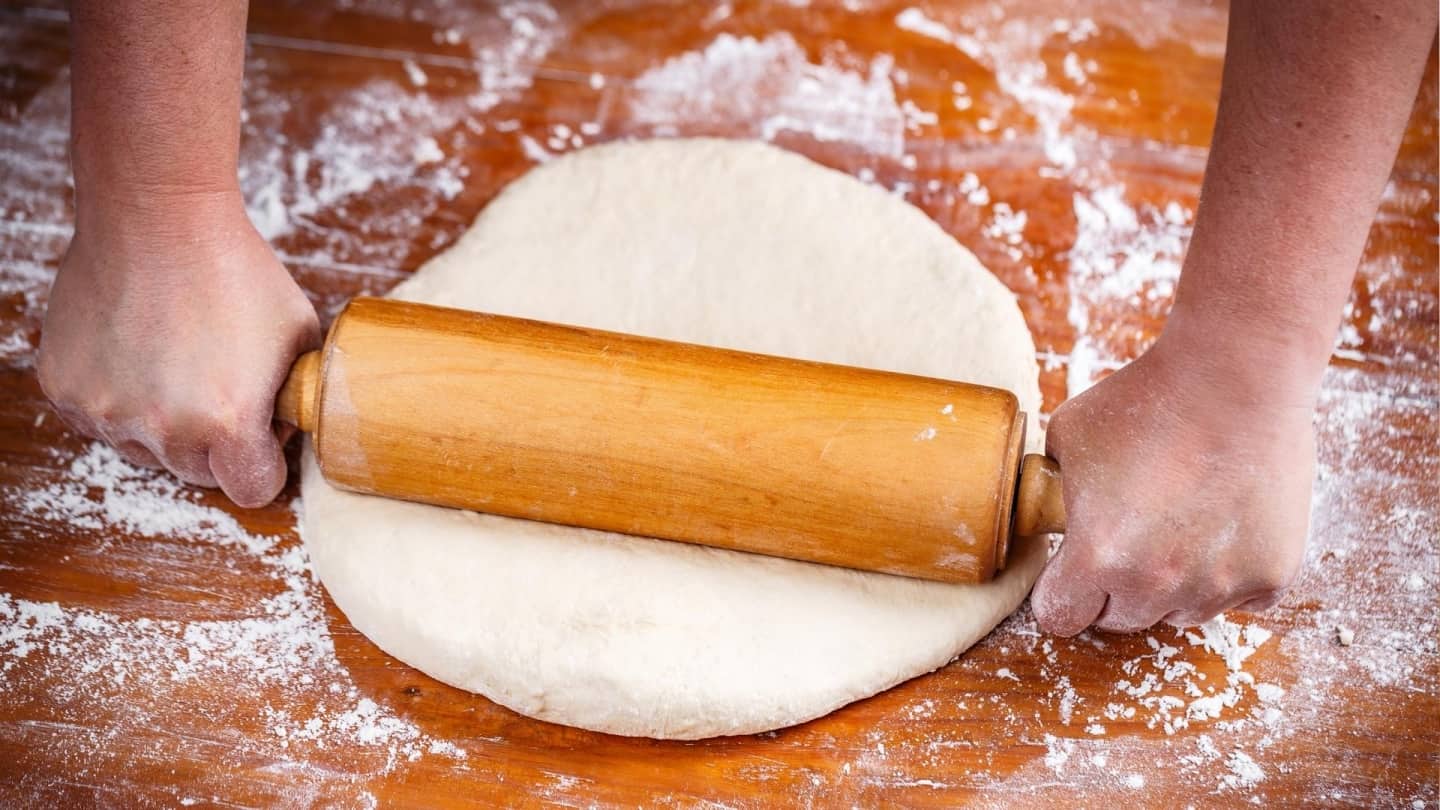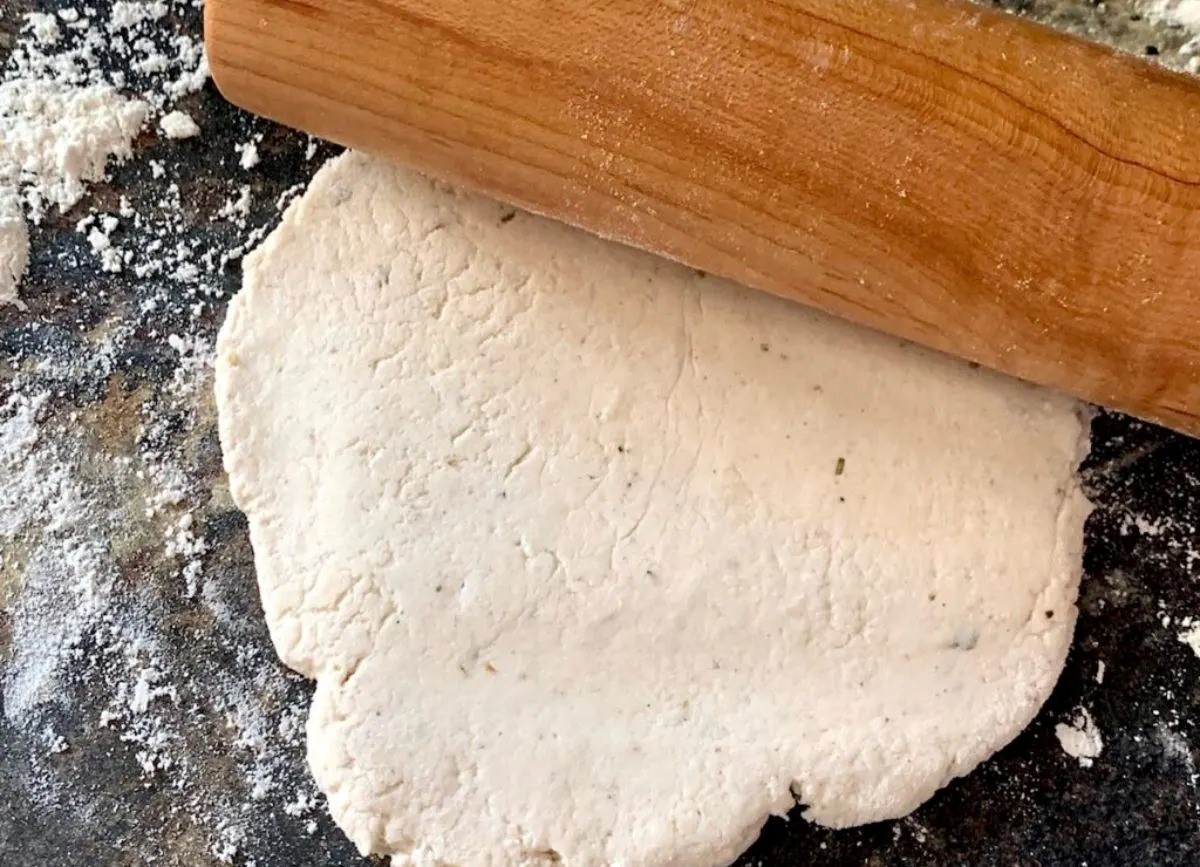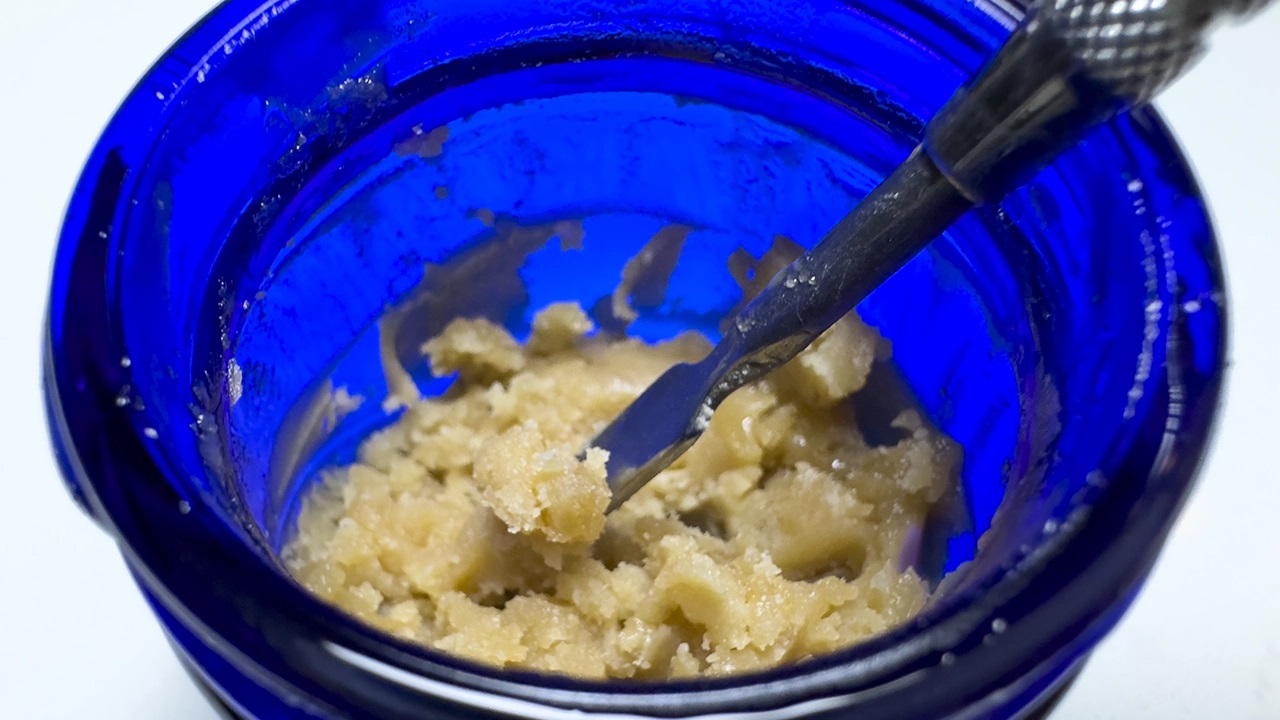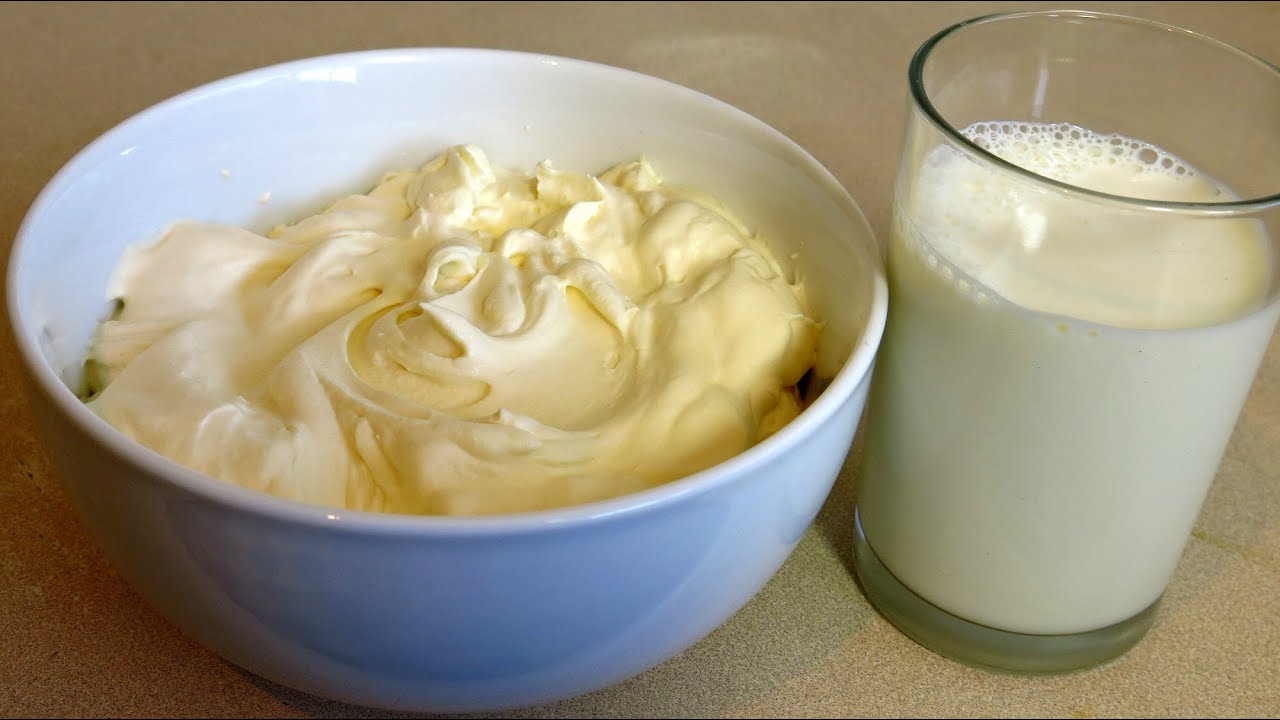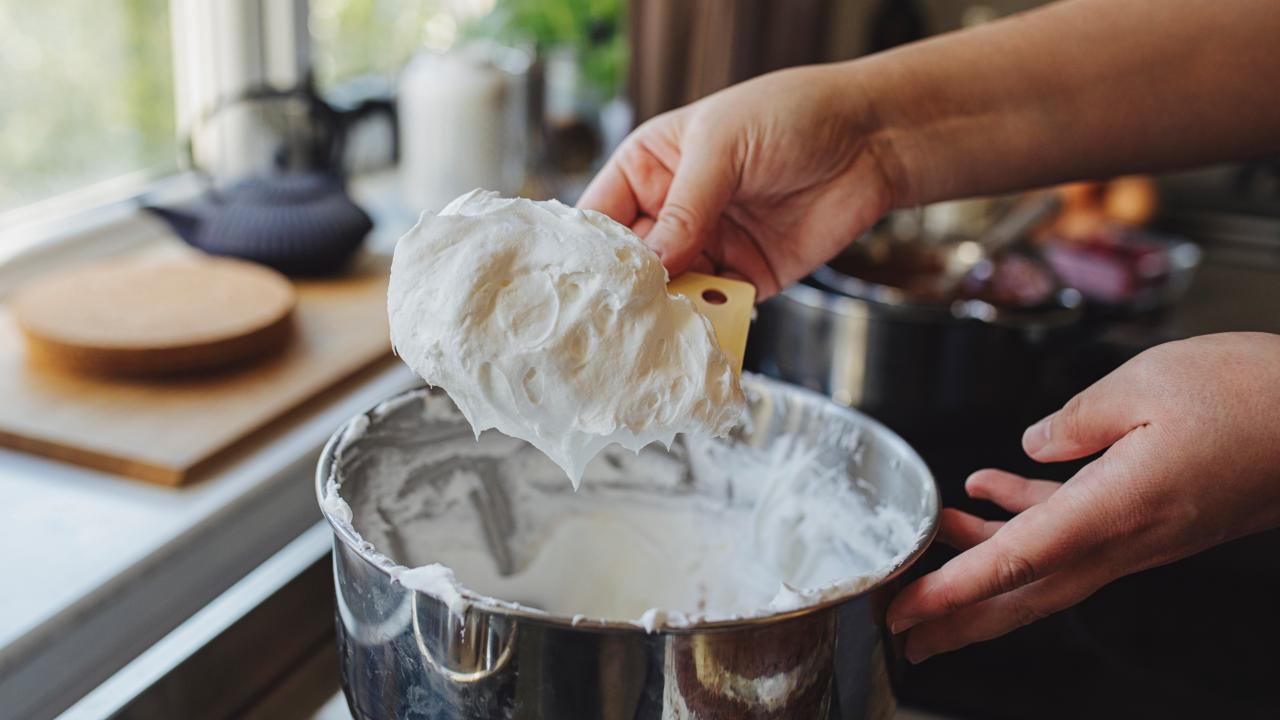Rolling Out Dough: A Key Skill in Baking
Rolling out dough to the right thickness is an essential skill for any baker. Whether you’re making cookies, pies, or bread, getting the dough to the perfect thickness can make a big difference in the outcome of your baked goods. Here are some tips to help you master the art of rolling out dough.
Choose the Right Surface
When rolling out dough, it’s important to start with the right surface. A smooth, clean countertop or a pastry mat works best. Make sure the surface is clean and dry to prevent the dough from sticking.
Prepare the Dough
Before you start rolling out the dough, it’s important to prepare it properly. If the recipe calls for it, chill the dough for the specified amount of time. This will make it easier to work with and less likely to stick to the rolling pin.
Use the Right Tools
Having the right tools can make a big difference when rolling out dough. A good quality rolling pin is essential. Whether you prefer a traditional wooden pin or a non-stick model, choose one that feels comfortable in your hands and provides good control.
Rolling Out the Dough
When you’re ready to roll out the dough, lightly flour the surface and the rolling pin to prevent sticking. Place the dough in the center of the surface and begin rolling from the center outwards. Use gentle, even pressure to avoid uneven thickness.
Checking the Thickness
It’s important to check the thickness of the dough as you roll. If the recipe specifies a certain thickness, use a ruler or a set of rolling pin rings to measure the dough as you work. This will help ensure that the dough is rolled out to the correct thickness.
Tips for Specific Recipes
When making specific recipes, such as pie crusts or cookies, the thickness of the dough is crucial to the final product. Here are some general guidelines for rolling out dough for different types of baked goods:
- For pie crusts: Roll the dough to about 1/8 inch thickness for a standard pie crust, or as specified in the recipe.
- For cookies: The thickness of cookie dough can vary depending on the recipe, but a general rule of thumb is to roll the dough to about 1/4 inch thickness.
- For bread: The thickness of bread dough will vary depending on the type of bread you’re making. Follow the recipe instructions for the recommended thickness.
Practice Makes Perfect
Rolling out dough to the right thickness may take some practice, but don’t be discouraged if it doesn’t come easily at first. With time and experience, you’ll develop a feel for the right thickness and gain confidence in your baking skills.
Conclusion
Mastering the art of rolling out dough to the right thickness is an important skill for any baker. By following these tips and practicing regularly, you’ll be well on your way to creating perfectly baked goods every time.
Was this page helpful?
Read Next: How To Roll Out Dough Without A Rolling Pin
